Aspens
Our forest has eyes.
All forests have eyes, really, but this one shows them off more than most.
Aspens have always fascinated me. I’m not alone in that. The Greeks obsessed over them as well, probably because they used Aspen to make shields. The tree owes its name to them, Aspis translates roughly as “shield.” Shields that watch you. Watch over you perhaps. There are three species of shields left in the North America. Around us are Quaking Aspen. The distinctive eyes are places where branches have dropped from the trunk.
These days Aspen grow mainly in the north — Montana, Idaho, Colorado and especially as one of the early succession species in the north arboreal forests of Canada. Some, like the stand we’re camped in here, still manage to succeed as far south as Southern Utah. Aspens have suffered over the last century or so, as humans have greatly decreased the number and size of forest fires. Aspens thrive after a burn and are later crowded out by pines, spruce and fir, which all outstretch the Aspens and steal their light. Aspens have only one real requirement — sunlight, lots of sunlight.
Aspens are part of the forest succession cycle, not the beginning or the end, but somewhere in the middle. Interestingly though, Aspens don’t really go away even after they’ve been crowded out by the taller species like spruce and fir. They just stop existing above the soil.
A stand of Aspen is considerably different than most trees in a forest. Aspens are rarely individual trees. Instead they grow like rhizomes, like giant white asparagus. Aspens are not really trees, the trunks we see are not the soul of the plant. The truth of Aspens is under the ground. They are massive root systems, some as large as twenty acres, that send up white trunks, which then sprout leaves. But even the leaves aren’t necessary. Beneath the striking white bark is a there’s a thin photosynthetic green layer that allows the plant to continue synthesizing sugars even without leaves. Winter means little to an Aspen grove.
All of this means that some Aspen groves have been around a very long time. I have no idea how long this one has been here, clinging to a remaining belt of land in the Abajo Mountains above Monticello Utah, but I do know that a few hundred miles west of here there is a stand of Aspens known as “Pando” in the Fishlake National Forest, just north of Bryce National Park that’s said to be 80,000 years old. This stand, being at the southern edge of the current range of Aspens, likely very old as well, Probably in the 10-20,000 thousand year old range. Possibly older. Either way that’s older than Sequoias, older than Bristlecone Pines, possibly older even than Creosote Bushes, which grow in a similar manner.
These eyes have been watching the world for longer than recorded human history, which is why I spent most of our days up in the Abajo mountains watching them back. I don’t know what Aspens are saying exactly, but I know that they talk in the wind. I know their song is different than most trees, their leaves move more, shimmering and quivering in breezes so slight you wouldn’t otherwise notice them. And I know that they stare in the night, in the day. I know that I have never felt an affinity of any plant like what I feel for the Aspen grove.
We passed the better part of a week up here, watching the aspens, playing in the forest and getting a little work done. There was no bus to mess with, which, I’ll be honest, was a bit of a relief. The kids loved being a tent for a while and having some time to play in a forest wonderland.

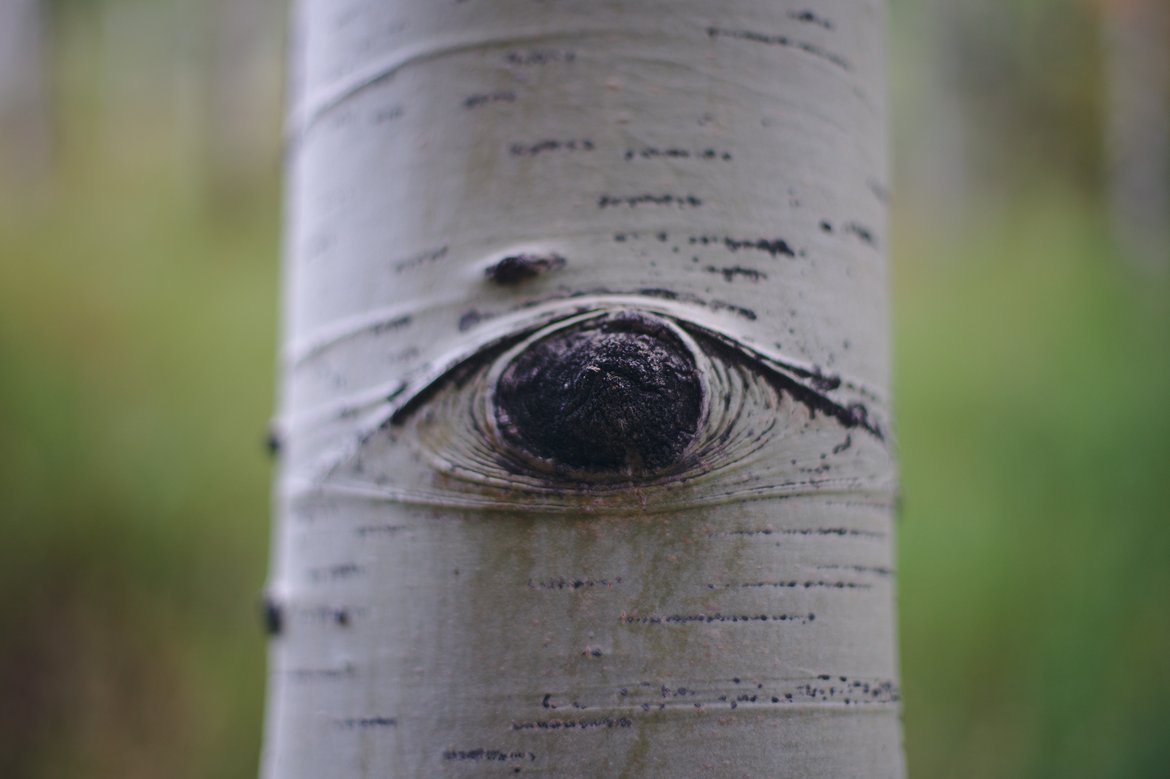
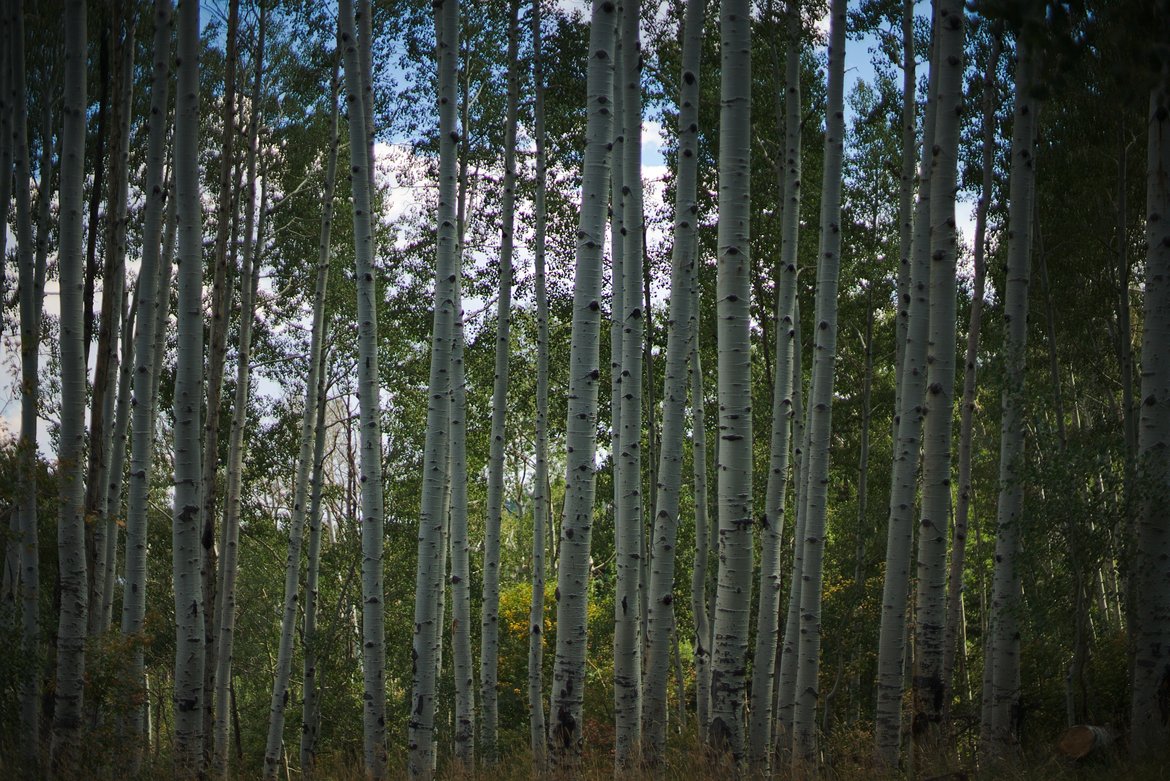

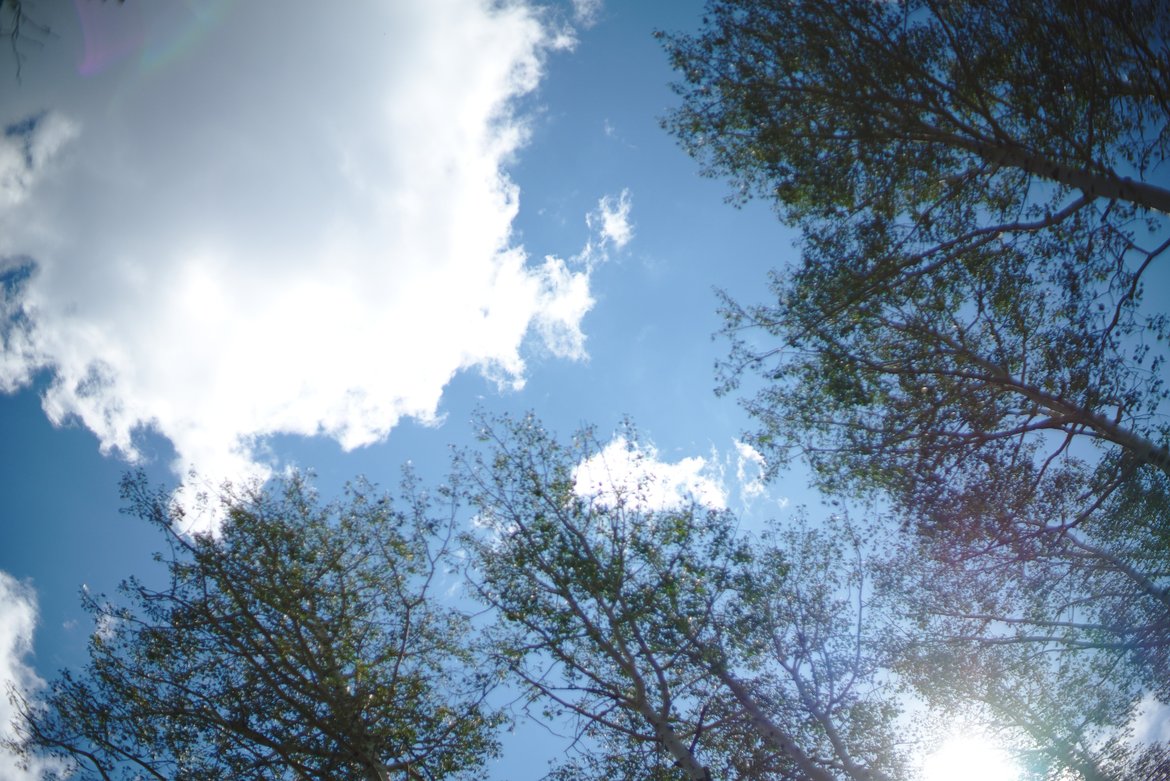
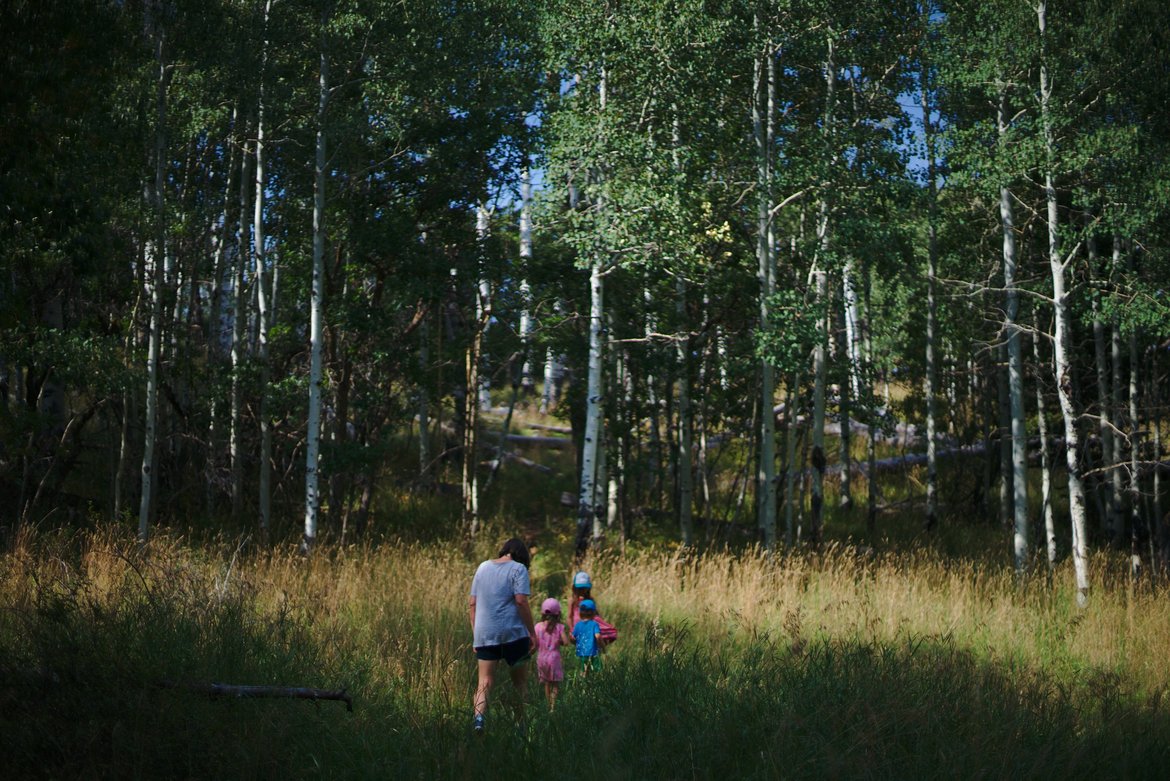
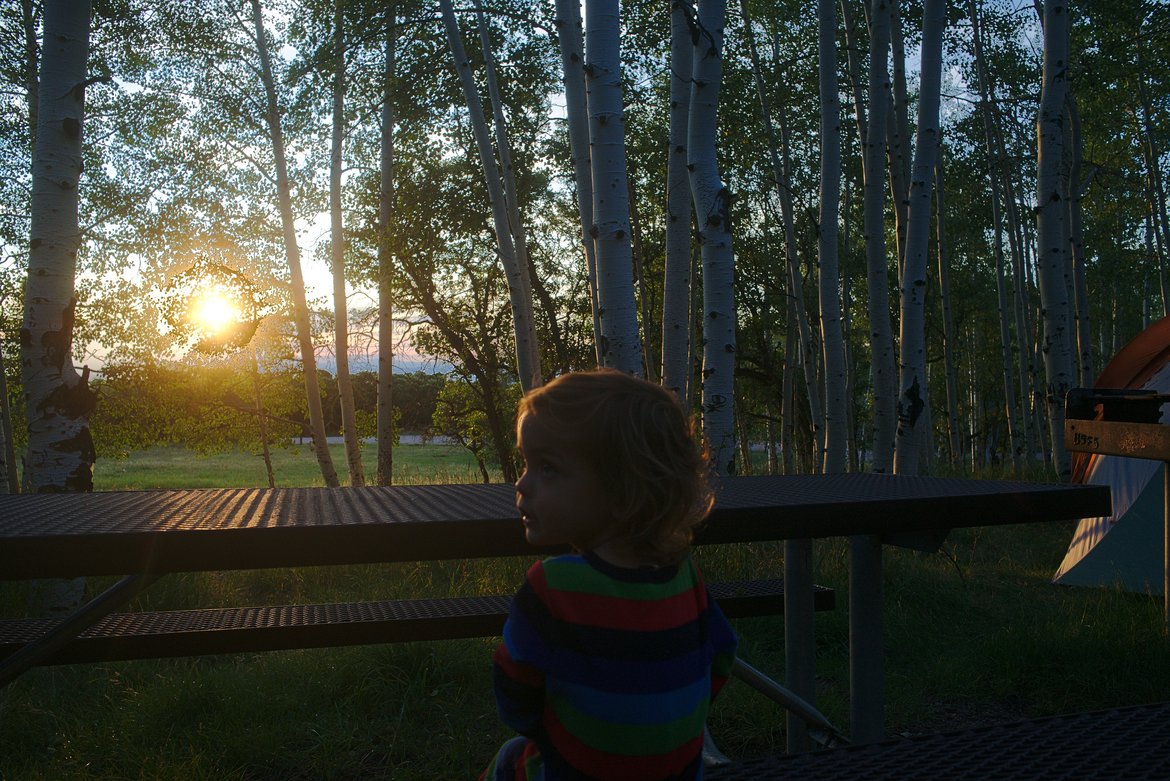


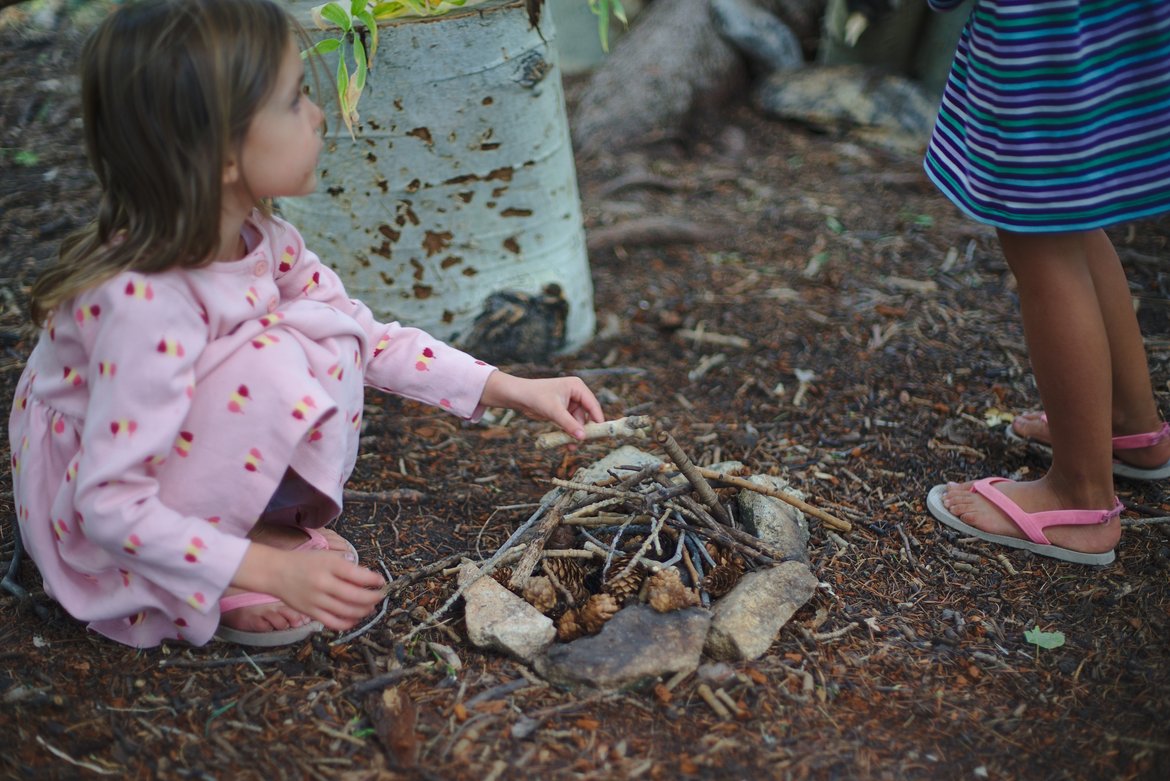
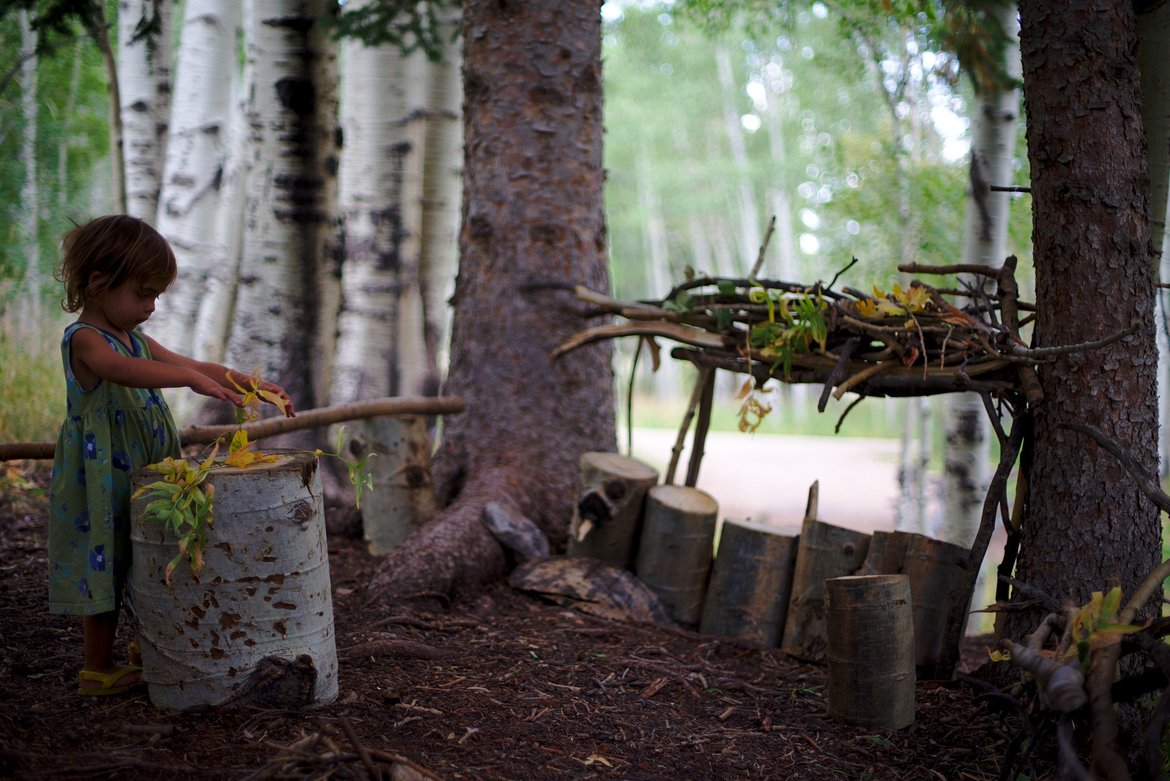
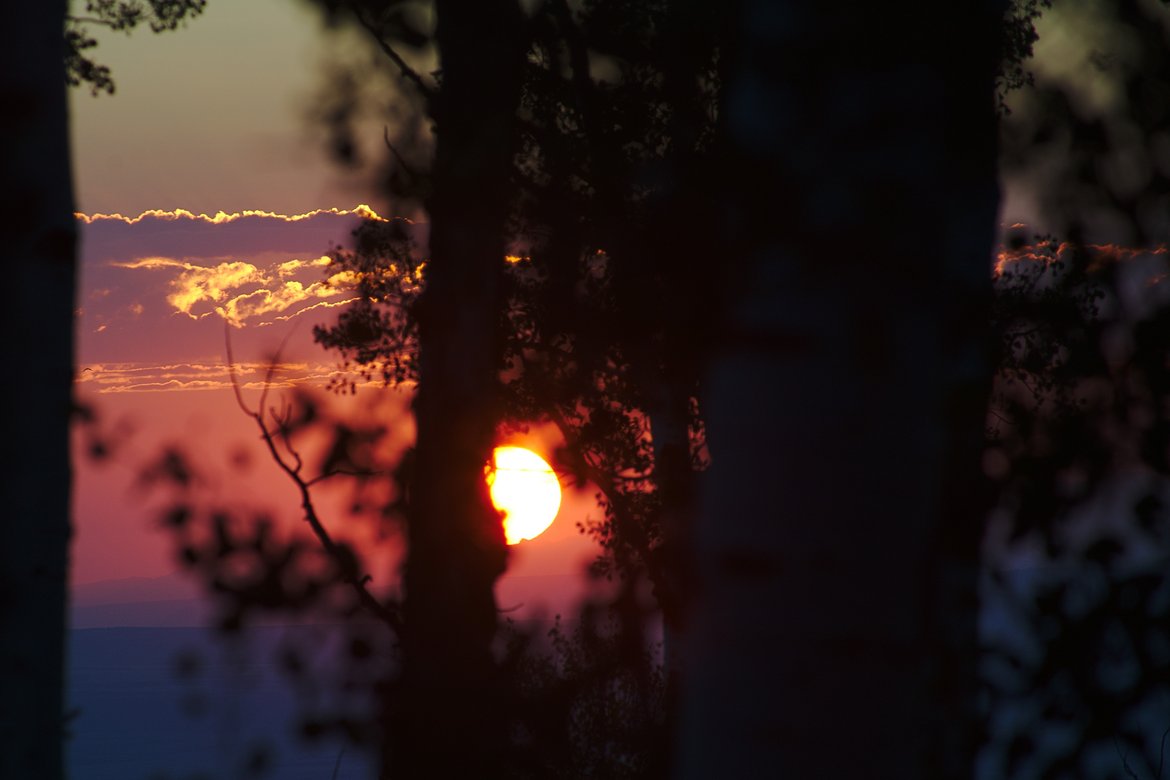
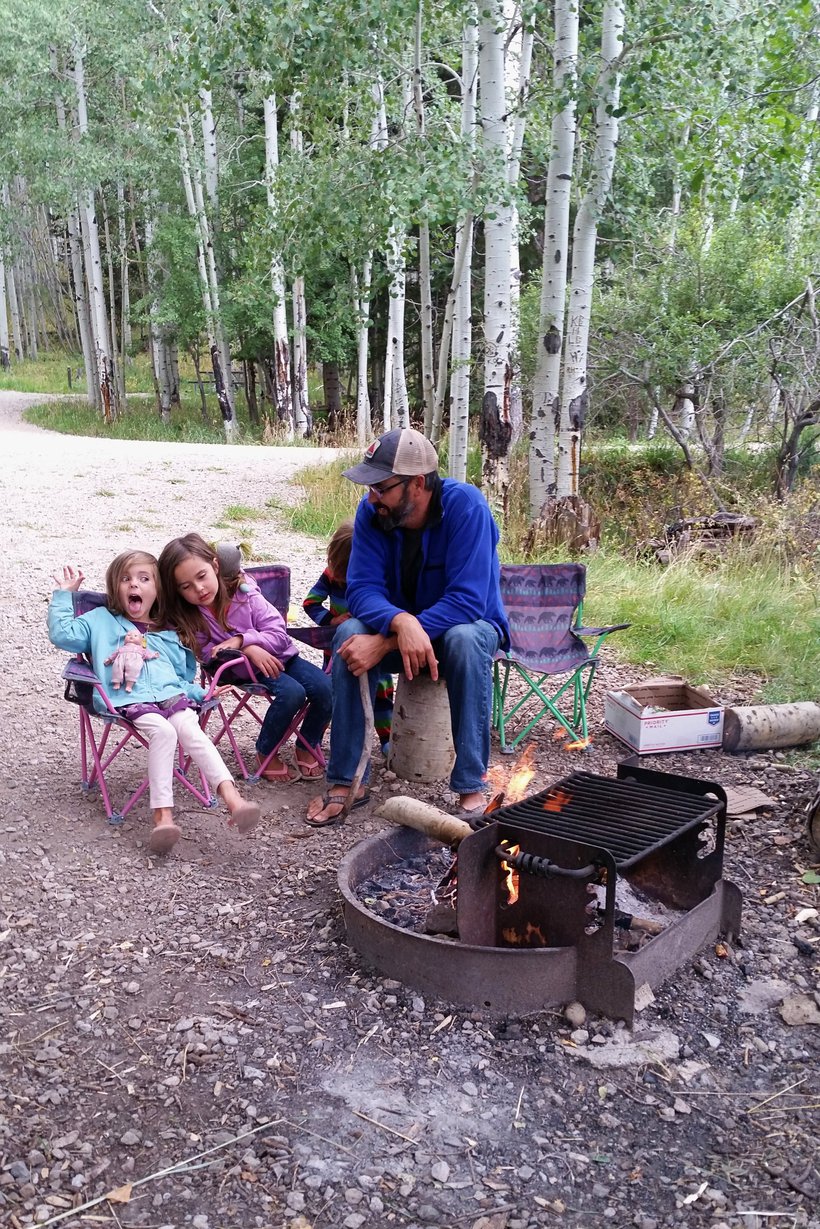
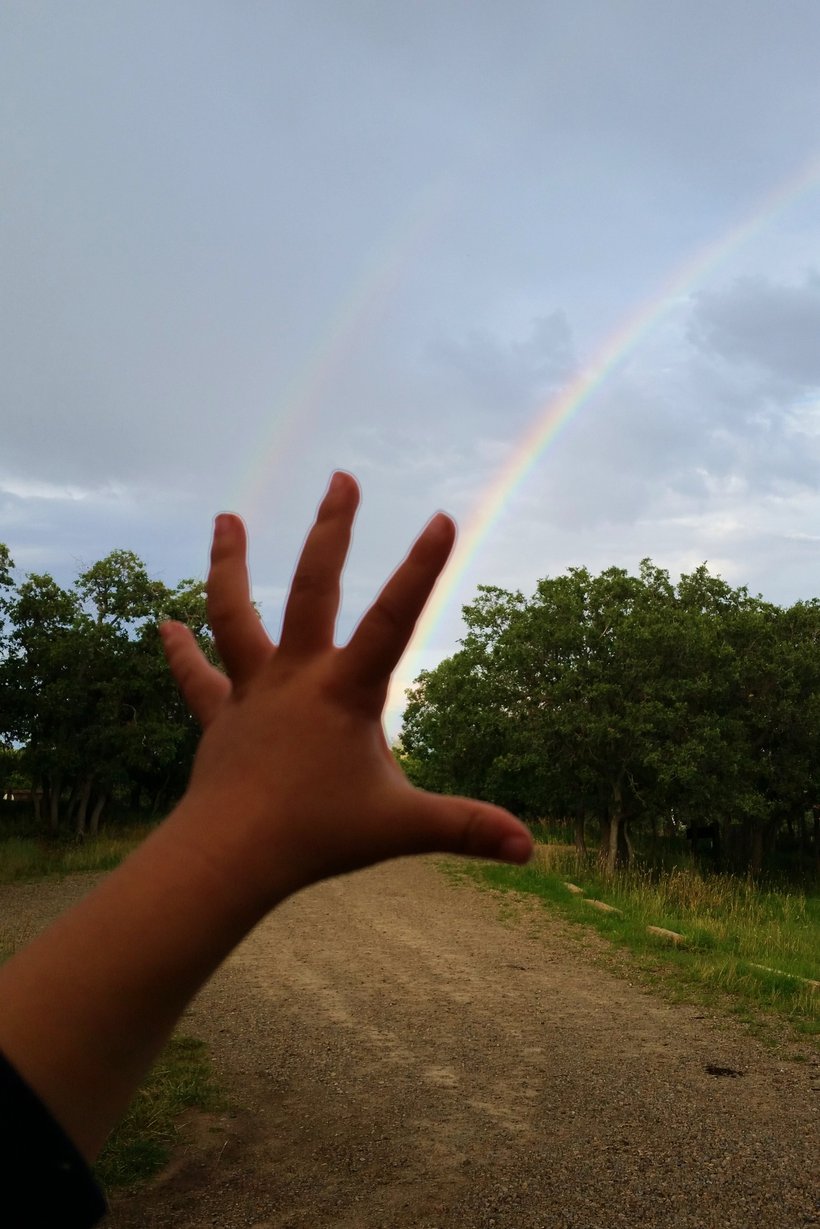

Thoughts?
Please leave a reply:
All comments are moderated, so you won’t see it right away. And please remember Kurt Vonnegut's rule: “god damn it, you’ve got to be kind.” You can use Markdown or HTML to format your comments. The allowed tags are
<b>, <i>, <em>, <strong>, <a>. To create a new paragraph hit return twice.